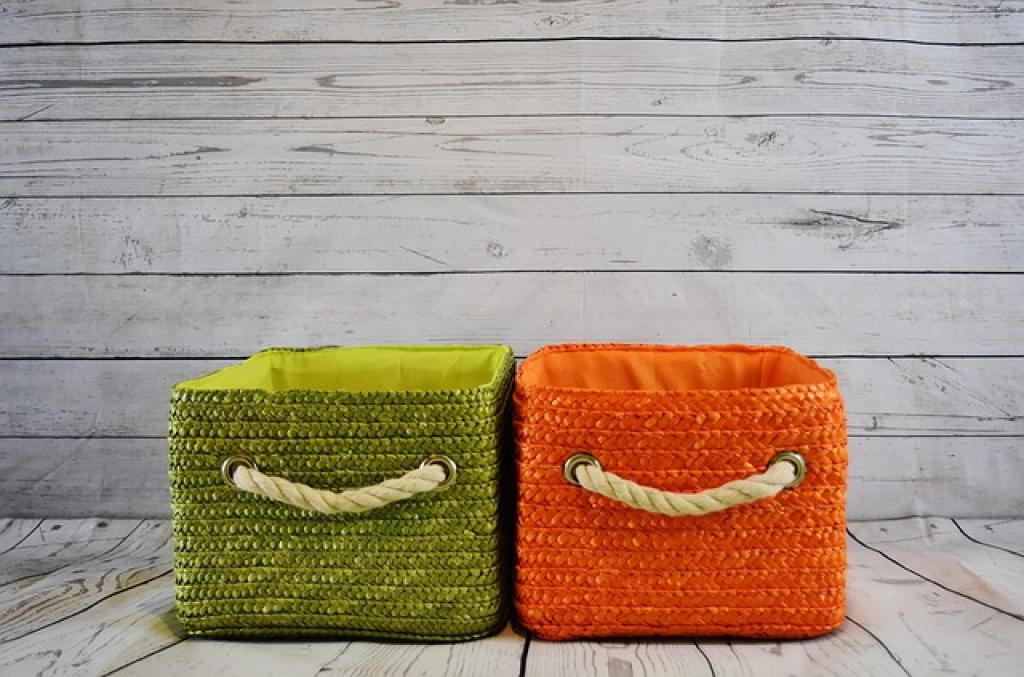Are you looking for ways to preserve your food without relying on a fridge? Perhaps you’re living off-grid, trying to reduce your carbon footprint, or simply looking to adopt more sustainable practices in your daily life. Whatever your reason may be, there are plenty of innovative and eco-friendly methods you can use to keep your food fresh without the need for refrigeration. In this post, we will explore 10 sustainable ways to preserve food without a fridge.
1. Root Cellaring
Root cellaring is a traditional method of storing fruits and vegetables in a cool, dark, and humid environment to extend their shelf life. This technique involves digging a hole in the ground or using a basement or cellar to create a natural storage space for produce. By providing the right conditions, such as proper ventilation and temperature control, you can keep your food fresh for weeks or even months without refrigeration.
2. Fermentation
Fermentation is a centuries-old preservation technique that not only extends the shelf life of food but also enhances its nutritional value. By allowing beneficial bacteria to convert sugars into lactic acid, fermentation creates an acidic environment that inhibits the growth of harmful bacteria. Common fermented foods include sauerkraut, kimchi, pickles, and kombucha. With proper preparation and storage, fermented foods can be kept at room temperature for extended periods.
3. Canning
Canning is a popular method of preserving food that involves sealing cooked food in jars or cans to create an airtight seal. By using heat to destroy harmful enzymes and bacteria, canning effectively extends the shelf life of various foods, including fruits, vegetables, and meats. Whether you opt for water bath canning or pressure canning, this technique allows you to store food without refrigeration and enjoy it throughout the year.
4. Drying
Drying is one of the oldest methods of food preservation, dating back to ancient civilizations. By removing moisture from food, either through sun-drying, dehydrating, or oven-drying, you can prevent the growth of mold and bacteria that cause spoilage. Dried fruits, vegetables, herbs, and meats are lightweight, shelf-stable, and perfect for snacks or cooking ingredients. Plus, drying requires minimal energy and equipment, making it a sustainable option for preserving food.
5. Pickling
Pickling is a preservation technique that involves immersing food in a solution of vinegar, salt, and spices to create a sour or tangy flavor. The acidity of the pickling solution inhibits the growth of spoilage-causing bacteria, allowing you to store pickled foods at room temperature for an extended period. From pickled cucumbers to peppers, onions, and even eggs, the possibilities are endless when it comes to pickling your favorite foods without the need for refrigeration.
6. Smoking
Smoking is a method of preserving food that not only adds flavor but also helps to extend its shelf life. By exposing food to smoke from burning wood chips or herbs, you create an antimicrobial barrier that inhibits bacterial growth. Commonly smoked foods include meats, fish, cheese, and even vegetables. With the right equipment and smoking techniques, you can enjoy delicious smoked foods that do not require refrigeration for storage.
7. Oil Preservation
Preserving food in oil is a traditional method that creates a barrier against oxygen, preventing spoilage and bacterial growth. By submerging foods like herbs, garlic, or sundried tomatoes in oil, you can keep them fresh and flavorful for an extended period. Make sure to use high-quality oil and sterilized containers to avoid the risk of botulism, a potentially dangerous form of food poisoning. Stored in a cool, dark place, oil-preserved foods can last for several weeks or even months.
8. Salting
Salting is a preservation technique that involves coating food with salt to draw out moisture and create an inhospitable environment for bacteria. Whether you’re curing meats, fish, or vegetables, salting effectively inhibits spoilage while enhancing flavor and texture. By following proper salting ratios and storage guidelines, you can safely preserve a variety of foods without the need for refrigeration. Just remember to rinse off excess salt before consuming or cooking salt-preserved items.
9. Honey Preservation
Honey has been used as a natural preservative for centuries, thanks to its antimicrobial properties and moisture-locking abilities. By submerging fruits, nuts, or herbs in honey, you can create delicious and long-lasting preserves that require no refrigeration. The high sugar content and low water activity of honey help prevent microbial growth and spoilage, making it an ideal medium for preserving food in a sustainable and flavorful way.
10. Cold Storage Alternatives
If you’re looking for modern-day alternatives to refrigeration, consider investing in innovative cold storage solutions like zeer pots, cool boxes, or evaporative cooling chambers. These sustainable technologies harness natural principles like evaporation or thermal mass to create a cool environment for storing food. Whether you’re living off-grid or simply seeking eco-friendly options, these cold storage alternatives can help you preserve food without the need for electricity or refrigeration.
The Bottom Line
In conclusion, there are plenty of sustainable ways to preserve food without a fridge, ranging from traditional methods like root cellaring and fermentation to modern techniques like canning and cold storage alternatives. By incorporating these eco-friendly practices into your daily routine, you can reduce food waste, save energy, and enjoy fresh, homemade treats year-round. Experiment with different preservation methods, get creative in the kitchen, and embrace the joy of sustainable living through food preservation. Your taste buds and the planet will thank you!
